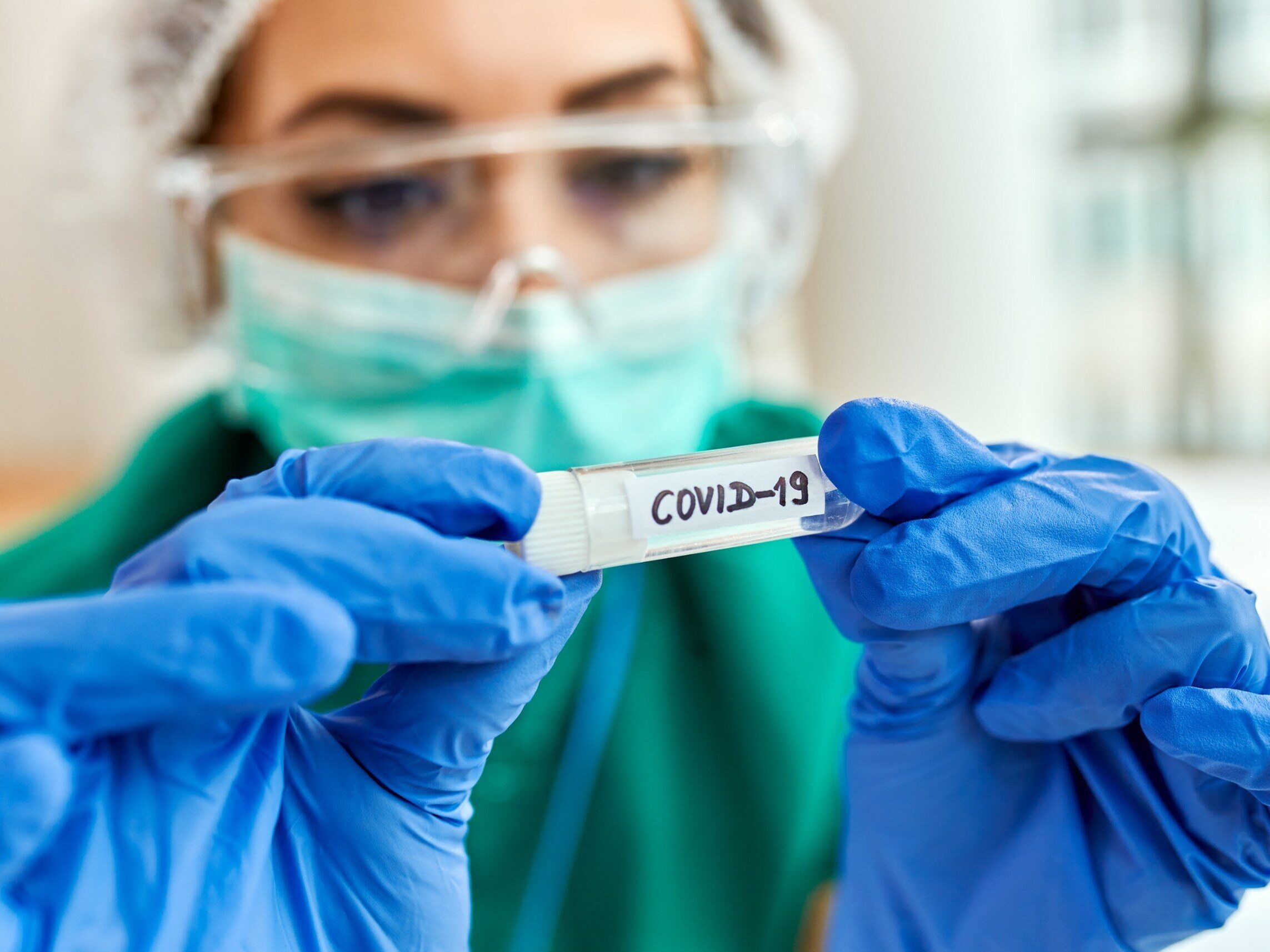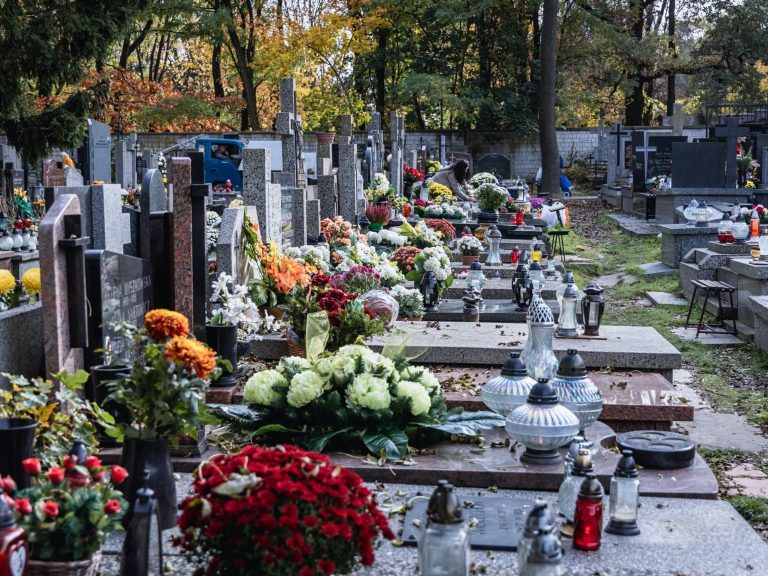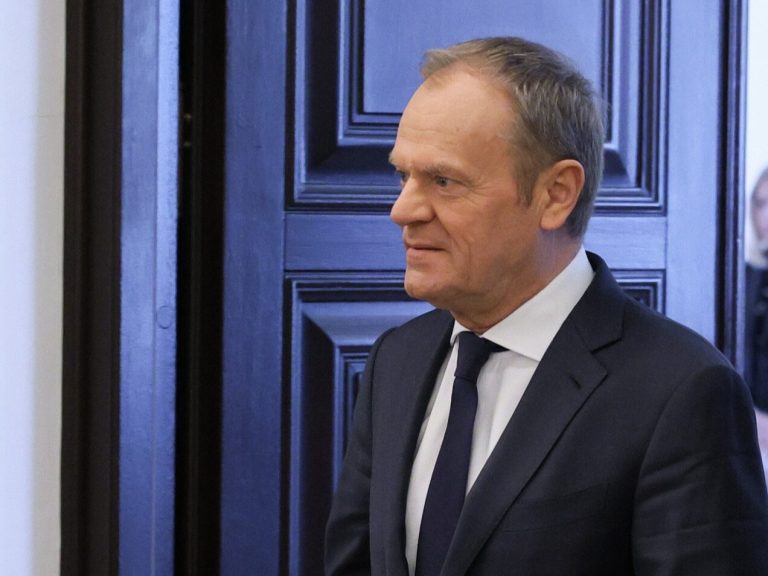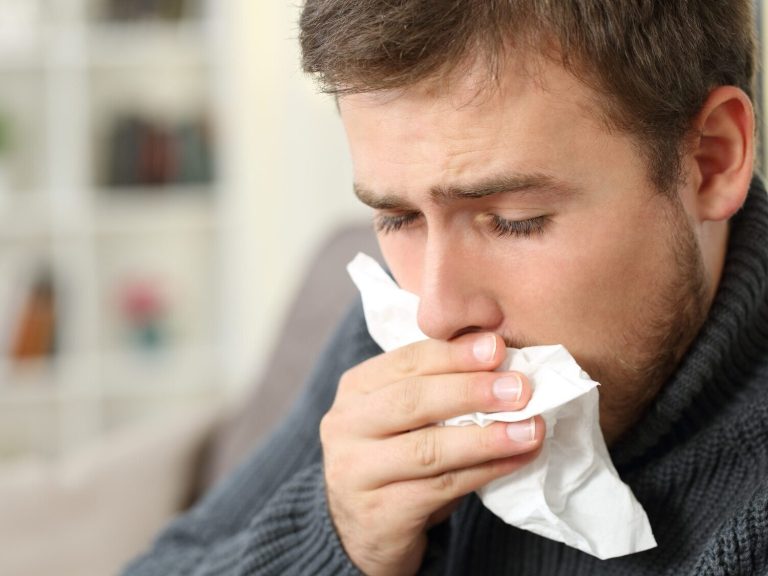Dr. Grzesiowski about COVID-19 in Poland: “We may now have 50,000, or maybe even 100,000 of these cases. daily”

What is the current situation related to COVID-19 in our country? It turns out that it is much worse than official statistics show. Dr. Paweł Grzesiowski, a pediatrician and NRL expert on epidemic threats, commented on this issue for “Wprost”.
Coronavirus infections are still increasing – official statistics reflect this. The Ministry of Health publishes a report every day, which includes, among other things, the daily number of new COVID-19 cases, but also the number of deaths. However, experts believe that the actual number of infections is much higher than the reported one. It turns out that it may reach up to about 100,000 cases a day.
What is the current scale of COVID-19 cases in Poland?
COVID-19 is not letting up, in fact it is getting stronger. Do the official data provided by the Ministry of Health reflect the actual situation? Dr. Paweł Grzesiowski, a pediatrician and NRL expert on epidemic threats, commented on this topic for “Wprost”. “We experts have been saying for 3 months or even longer that these data are completely unreliable. They are only dry statistics of what will be entered into the system based on the tests performed, so they are not any data on the incidence of disease in Poland, but data that simply reflect the number of tests performed and detected infections entered into the system. So it has nothing to do with the actual number of cases. Interestingly, although sad, the data in another system for reporting infectious diseases to the Sanitary Inspection are completely different than those presented on the website of the Ministry of Health. This confirms the complete lack of control over the COVID epidemiological situation in Poland,” explained the expert.
“Therefore, we cannot talk about the number of cases based on any reliable research, because we have no insight, for example into the tests performed by patients. We know that patients buy 50-70 thousand tests a day. So if someone buys a test and pays for it themselves, why? It’s obvious that he has symptoms, and he buys the test because he wants to know what he is sick with. And the number of positive tests is currently estimated at about 50 percent. This means that every second test, if it has already been performed, is positive. So if we look at it this way, we may now have 50,000, or maybe even 100,000 cases a day,” adds Dr. Paweł Grzesiowski.
What can help estimate the number of COVID-19 patients?
Dr. Paweł Grzesiowski mentioned another method that also makes it possible to estimate the number of coronavirus infection cases. “It’s a bit like fortune-telling, because we don’t have any standard for determining how many people are sick – other than on the basis of tests. Important additional information that can help estimate the number of sick people are the results of virus tests in sewage. Many countries test sewage and based on sewage tests, it is possible to assess the activity of the virus in the population. Currently, only data from Warsaw are published in Poland and it is therefore difficult to assess the situation in the entire country based on them, but these studies indicate very high activity – the same as in the fall of 2020. Back then we had 40-50 thousand confirmed cases a day. Also on this basis, I estimate that currently there are between 50,000 and 100,000 cases a day,” explains the specialist.
Should the obligation to wear masks return?
Dr. Paweł Grzesiowski, in an interview with “Wprost”, also noted that, among other things, there is a lack of central regulations regarding the obligation to wear masks: “We have the means – in the sense that we have masks, but we do not have any regulations in this area. There have been some such grassroots initiatives – individual decisions by hospital directors and managers of medical facilities to wear masks, for example, by staff and patients within these facilities. However, at the moment there are no guidelines from government institutions supporting directors in this area, which I regret very much, because I believe that we have government institutions responsible for public health so that these institutions can dictate certain recommendations or guidelines, and only then then let it ‘go down’.
“The hospital director should not wonder whether he will be able to impose the wearing of masks, because then a dissatisfied patient will come and file a complaint to the Patient Ombudsman. We are sorely lacking this type of recommendations that would regulate the principles of anti-epidemic procedures. In other countries, however, the institutions responsible for this take on the burden of announcing a moment of increased risk and then everyone continues the specific recommendations. At the moment, to be honest, there is a void in the management of anti-epidemic activities in Poland. No one stepped up to “take it over.” The Ministry of Health stopped dealing with this a long time ago when it canceled the state of epidemic threat and from July 1, the topic of COVID does not exist for officials. Since then, we have had virtually no central formula when it comes to fighting COVID. In fact, the tools are there because we have masks, but people need to be reminded of the rules for using masks – when to put them on and give specific instructions on this matter,” explains Dr. Paweł Grzesiowski.
Problems with the availability of the COVID-19 vaccine
The specialist also commented on the current situation in our country regarding the prevention and treatment of COVID-19 infections: “There are problems with universal access to vaccines, because the previous government did not ensure continuity of vaccine supplies. And this is a disastrous situation. The situation is even worse for children, because we do not have any new, modified vaccines for children under 12 years of age, because the only Novavax vaccine currently available in Poland is registered from the age of 12. The outgoing government did not make sure to order the amended vaccine for younger children for this fall. Additionally, during the current wave of disease, an efficient vaccination system based on universal and population vaccination points was closed. Additionally, from January 1, a new e-registration application was introduced, which has many errors and shortcomings. So not only are there few doses of the Novavax vaccine, but there are also problems with finding a vaccination point that performs these vaccinations.”
“‘The current system is anti-vaccine’ – these are the opinions I hear from everyone who is currently trying to sign up for vaccinations, as well as those who work at vaccination points, which are 4 times fewer than 3 years ago. Few new vaccination points have been established in pharmacies because the registration process is complicated and bureaucratic. In addition, the National Health Fund has halved the price of vaccinations for vaccination points, which discourages the owners of the facilities because it does not cover the costs associated with organizing and performing vaccinations,” adds the expert.
Dr. Grzesiowski on COVID-19 cases: “We are completely unprepared”
The specialist also noted that the problem is not only difficulties in receiving the vaccine, but also the lack of availability of medicine against COVID-19: “The third thing that is not available is medicines against COVID-19. Paxlovid – the only effective, oral, registered and widely available drug, is not reimbursed in Poland, therefore the price of 5-6 thousand per package actually blocks its widespread use. To sum up, even though the pandemic is still ongoing, we are completely unprepared – firstly, there are no instructions on how to proceed, secondly, we have no vaccines, thirdly, we have no medicines. So we are completely defenseless against another wave of coronavirus. And we do few free tests, there is no central system for collecting and analyzing data, which means that we do not monitor, prevent or treat. This is Poland’s current policy towards COVID, but many patients suffer from long-term post-COVID complications and this is a new problem that will burden the economy and the health care system for decades to come,” concluded Dr. Paweł Grzesiowski.






